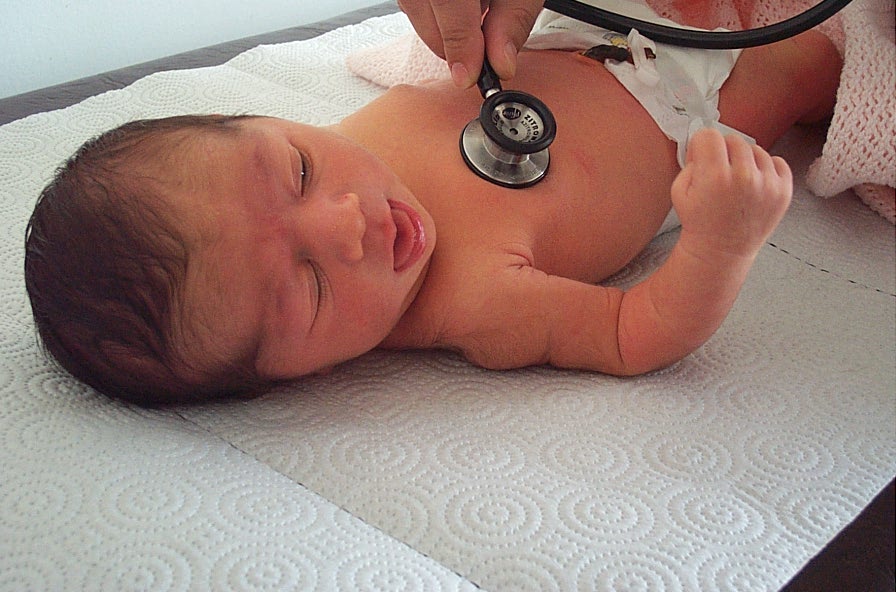As far as neonates or newborns are concerned, medical air transportation is always considered a last resort, mainly due to the frailty of the infants. However, sometimes, medical air transportation becomes inevitable due to certain emergency treatments and diagnostics, which can mean the difference between life and death. Here are a few factors that need to be considered before availing medical air transportation.
Arranging Medical Air Transportation
Of course, if it’s an emergency, that demands an air ambulance, the treating physician would ask for it. Even if it’s not asked for and you wish to avail it so that the child gets the best care in the quickest possible time, you’d need to consult the treating physician. There are various parameters that the physician would check, before giving his consent for medical air transportation.
Altitude during Medical Air Transportation
There must be a clear understanding of what the change in altitude means for the clinical condition of the neonate. It must be noted that the barometric pressure goes down with the increase in altitude. If the infant has difficulty getting enough oxygen, arrangements must be made beforehand to tackle such situation.
Take off and Landing of the Air Ambulance
Reduced cerebral perfusion during take off and increased cerebral perfusion during landing can pose a health threat to the infant. There is also a possibility of intraventricular bleeding; however, it should be noted that such risks can be completely avoided by competent staff who are trained to handle infants on air ambulances.
Vibrations, Noise and Temperature
Vibrations as such do not pose a threat to the infant but can make securing IV lines and other such medical interventions a bit tedious. Noise can be an issue if any procedure is being performed onboard the medical air transportation vehicle. If the noise is going to increase beyond 125 decibels, special care must be taken to tackle this. There is a possibility of the infant experiencing cold stress. It must be ensured that the infant is in the right thermal environment.
A certified and experienced staff is always a safe bet when transferring a neonatal patient via medical air transportation.


